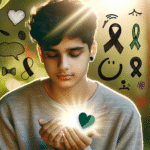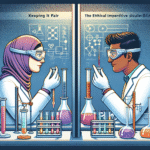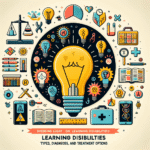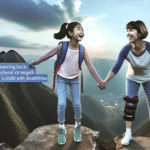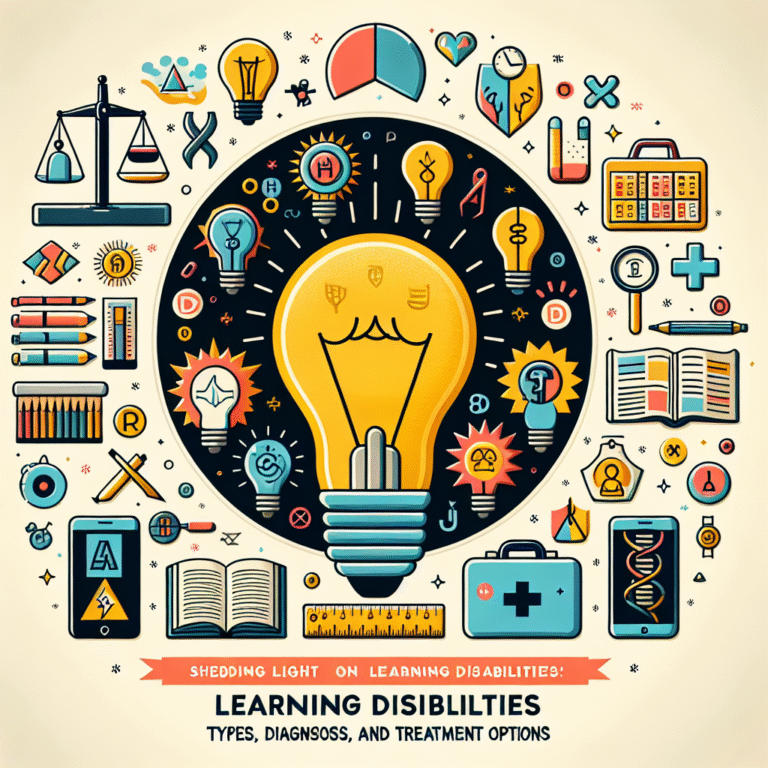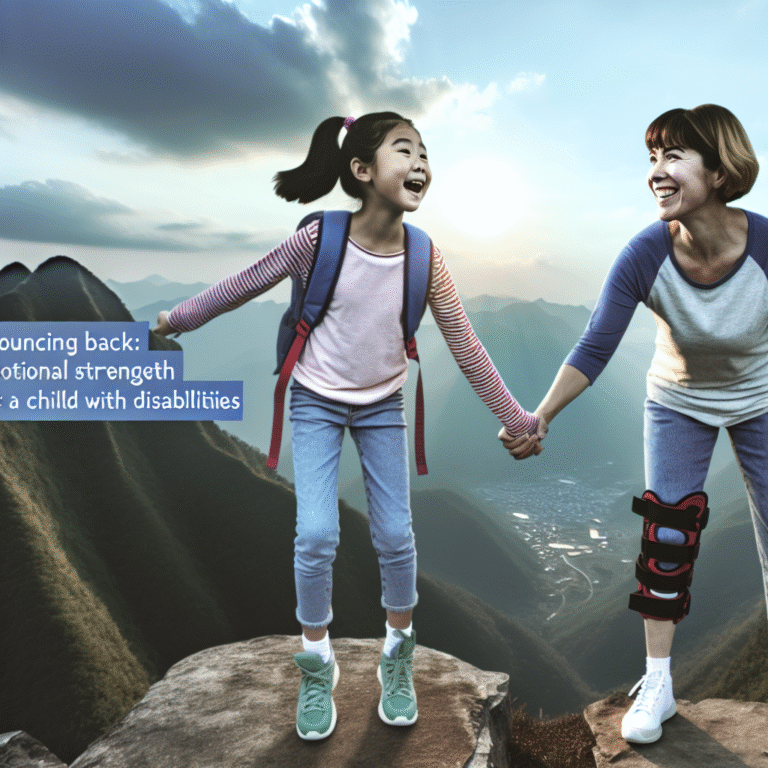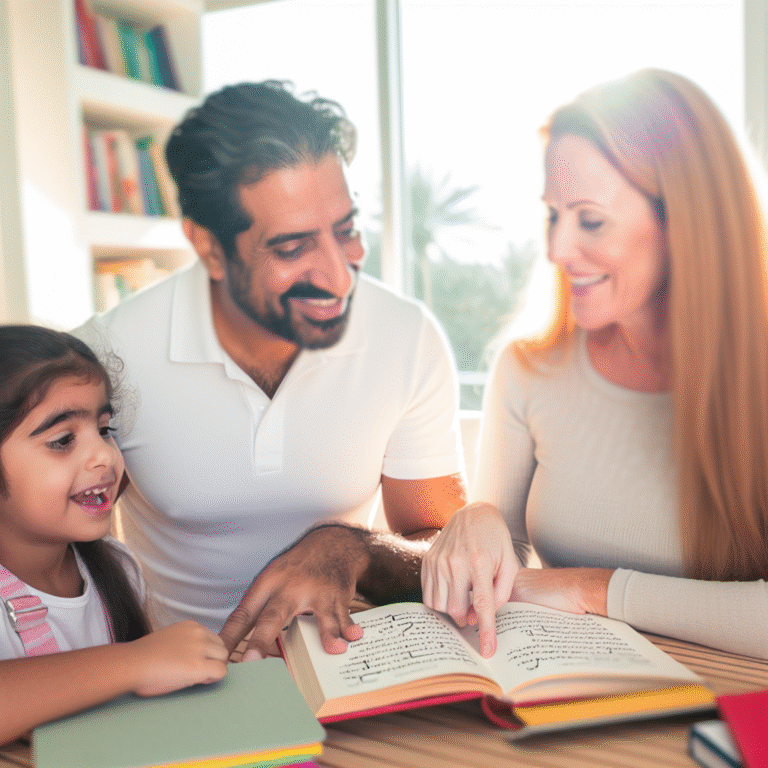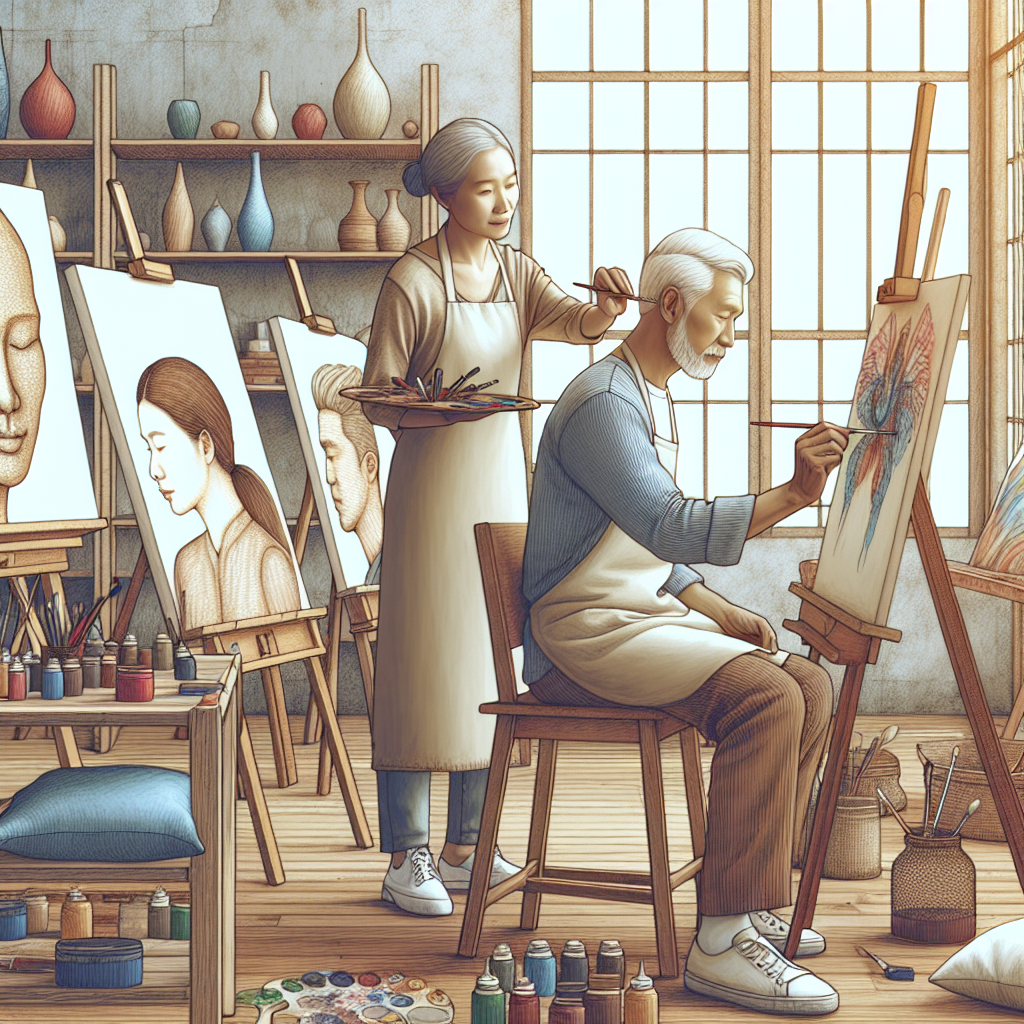
The Healing Power of Creativity: Art Therapy Activities for Anxiety Relief
Introduction
In a fast-paced world where anxiety often feels like a constant companion, the search for effective relief methods has never been more crucial. One powerful yet often overlooked avenue for healing is creativity. The healing power of creativity, particularly through art therapy activities, offers a unique and profound way to address anxiety relief. Engaging in artistic expressions can transform our emotional landscapes, reduce stress, and enhance our overall well-being.
Imagine sitting at a desk with a blank canvas, surrounded by paints and brushes. With each stroke, you’re not just creating art; you’re channeling anxiety into vibrant colors, crafting narratives that resonate with your feelings. In this article, we will explore in-depth how art therapy activities serve as a beacon of hope for those grappling with anxiety, supported by research, case studies, and actionable insights.
Understanding Anxiety and Its Impact
The Nature of Anxiety
Anxiety is a common emotional experience characterized by feelings of tension, worried thoughts, and physical changes like increased blood pressure. It manifests in various forms: generalized anxiety disorder, social anxiety, panic disorders, and more. According to the Anxiety and Depression Association of America, approximately 40 million adults in the U.S. experience anxiety disorders each year, making it one of the most prevalent mental health issues today.
The Traditional Approaches
Traditionally, many approach anxiety through medication or cognitive behavioral therapy (CBT). While these methods are scientifically validated, they may lack the holistic engagement that some individuals seek. This is where the healing power of creativity shines bright. Art therapy isn’t just about making pretty pictures; it’s a therapeutic process that encourages self-expression, enhances emotional awareness, and promotes personal growth.
The Role of Art Therapy
Art therapy stands as a powerful intervention in the mental health field. By utilizing creative processes, individuals can explore their feelings, reconcile emotional conflicts, and foster self-awareness. Art therapists guide participants in using artistic methods to express emotions, which can be especially beneficial for those who find it difficult to articulate their feelings verbally.
Why Choose Art Therapy Activities for Anxiety Relief?
Art therapy activities can provide a non-threatening outlet for emotions, helping individuals to externalize feelings of anxiety and stress. The healing power of creativity through art therapy can facilitate relaxation, improve mood, and enhance resilience. Participants report feeling more centered and present, allowing them to face life’s challenges with a renewed spirit.
Art Therapy Activities for Anxiety Relief
1. Expressive Painting
Paint can be a powerful medium for emotional expression.
Activity Outline:
- Materials: Watercolors, acrylic paints, canvases, brushes.
- Instructions:
- Set aside time in a quiet space.
- Choose colors that resonate with your current emotions.
- Allow yourself to paint freely without worrying about the form or outcome.
Case Study: Sarah’s Journey
Sarah, a 28-year-old graphic designer, struggled with anxiety related to work pressure. Through expressive painting, she discovered that colors could channel her anxiety into creativity. As she splashed paint onto the canvas, Sarah reported feeling liberated, noticing a significant reduction in anxious thoughts afterward.
2. Journal Art
Combining writing and art can create a holistic healing experience.
Activity Outline:
- Materials: An art journal, colorful pens, markers, and collage materials.
- Instructions:
- Spend five minutes writing about your feelings in the moment.
- Use drawings, doodles, or cut-out images to visually express those emotions.
Case Study: Mark’s Reflection
Mark, a university student, felt overwhelmed by academic pressures. By implementing journal art, he could visualize his stressors. The act of journaling gave him clarity, while the art allowed him to express feelings he had difficulty vocalizing. He reported feeling emotionally lighter and more organized.
| Activity Type | Materials Needed | Benefits |
|---|---|---|
| Expressive Painting | Watercolors, canvases, brushes | Emotional release, self-discovery |
| Journal Art | Art journal, pens, collage materials | Clarity of thought, creative expression |
3. Mindful Mandalas
Creating mandalas promotes mindfulness and concentration.
Activity Outline:
- Materials: Paper, compasses, colored pencils or markers.
- Instructions:
- Begin by drawing a circle, then divide it into sections.
- Fill each section with patterns or images that symbolize your current state of mind.
Case Study: Emily’s Focus
Emily, a stay-at-home mom, experienced anxiety spikes from juggling family responsibilities. By focusing on mindful mandalas, she found that the repetitive motion of coloring was meditative. This practice helped her cultivate mindfulness, allowing her to appreciate the present moment without distraction.
4. Sculpting and Clay Modeling
Sculpting engages the body and mind, promoting tactile interaction.
Activity Outline:
- Materials: Air-dry clay, sculpting tools.
- Instructions:
- Create a piece based on an emotion or a personal symbol.
- As you sculpt, reflect on the feelings associated with your creation.
Case Study: John’s Exploration
John, a retiree, turned to clay modeling after facing isolation and anxiety. The physicality of shaping clay through art therapy provided a grounding experience. Through his sculptures, he explored themes of connection, leading to increased social interactions within his community.
5. Music and Movement
Integrating music with movement can amplify emotional expression.
Activity Outline:
- Materials: A selection of music that resonates with you.
- Instructions:
- Choose pieces that invoke strong feelings.
- Allow your body to move freely in response to the rhythm.
Case Study: Maria’s Dance
Maria, an individual coping with anxiety following a significant life change, participated in a music and movement therapy session. She reported that dance provided her not only with a release but also with a sense of joy and liberation. Expressing her emotions through movement allowed her to reclaim her power amid uncertainty.
The Science Behind the Healing Power of Creativity
Research and Findings
Numerous studies underline the therapeutic benefits of art therapy. According to a study published in the journal Art Therapy, participants demonstrated decreased anxiety levels after engaging in art activities. Furthermore, a 2020 meta-analysis found that art therapy significantly reduces symptoms of anxiety, depression, and PTSD.
Chart Analysis: Benefits of Art Therapy
| Research Study | Population | Main Findings |
|---|---|---|
| Journal of Art Therapy (2019) | Adults with anxiety | Significant reduction in anxiety levels |
| Art and Healing (2020) | Children therapy | Improved emotional regulation |
Psychological Benefits
The psychological benefits of creative expression extend beyond mere emotional release. Creating art can:
- Enhance self-esteem
- Develop problem-solving skills
- Foster social interaction
- Promote regulation of emotions
Conclusion
In exploring the healing power of creativity through art therapy activities for anxiety relief, we uncover a transformative pathway to emotional well-being. Creative endeavors provide a vital outlet for self-expression, allowing individuals to navigate anxiety in profoundly meaningful ways.
Whether through expressive painting, journal art, mindful mandalas, clay modeling, or movement with music, everyone can find a creative practice that resonates with them. As you embark on your own journey of exploration, remember that the act of creation itself is often healing, making you not just a creator, but also a resilient individual.
Actionable Insight
As a motivational takeaway, consider setting aside time for a creative practice that speaks to you. Whether it’s grabbing a paintbrush, assembling collage materials, or journaling your thoughts, commit to nurturing your inner artist. Embrace the journey, allowing the healing power of creativity to foster peace amidst anxiety.
FAQs
1. What is art therapy, and how does it work for anxiety relief?
Art therapy is a therapeutic approach that uses creative processes to promote emotional well-being. It works for anxiety relief by providing a non-verbal outlet for expression, helping individuals articulate feelings and experiences that may be difficult to articulate through words.
2. Can anyone engage in art therapy activities, or is it only for artists?
Anyone can engage in art therapy activities! You do not need to be an artist to benefit from these practices. The focus is on the process of creation rather than the final product.
3. How frequently should I engage in art therapy activities for the best results?
Even dedicating just a few minutes to creative practice a few times a week can yield noticeable results. Consistency is key, so find a rhythm that works for you.
4. Are there professional art therapists available for guidance?
Yes, many licensed art therapists specialize in using art as a therapeutic tool. They can guide you through the process and help tailor activities to your specific needs.
5. Can I use digital tools for art therapy?
Absolutely! Digital art tools can be just as effective as traditional mediums. Whether using software to draw, create collages, or write, any creative expression can hold therapeutic value.
In practicing the healing power of creativity through these art therapy activities, you will cultivate a deeper understanding of yourself and your emotions, fostering resilience and enhancing your overall well-being.
